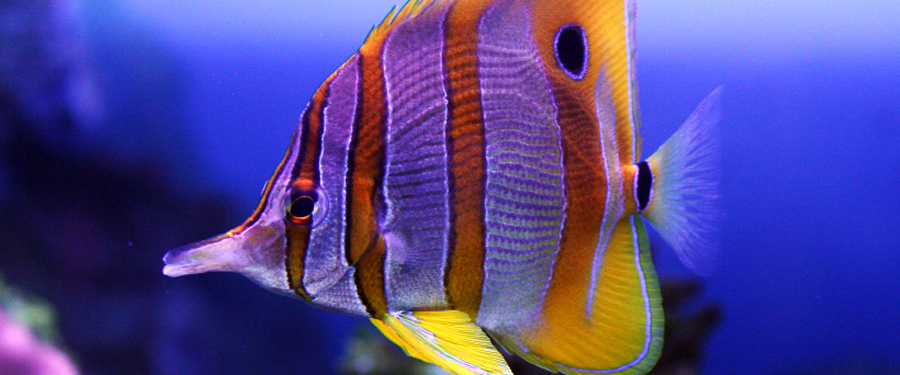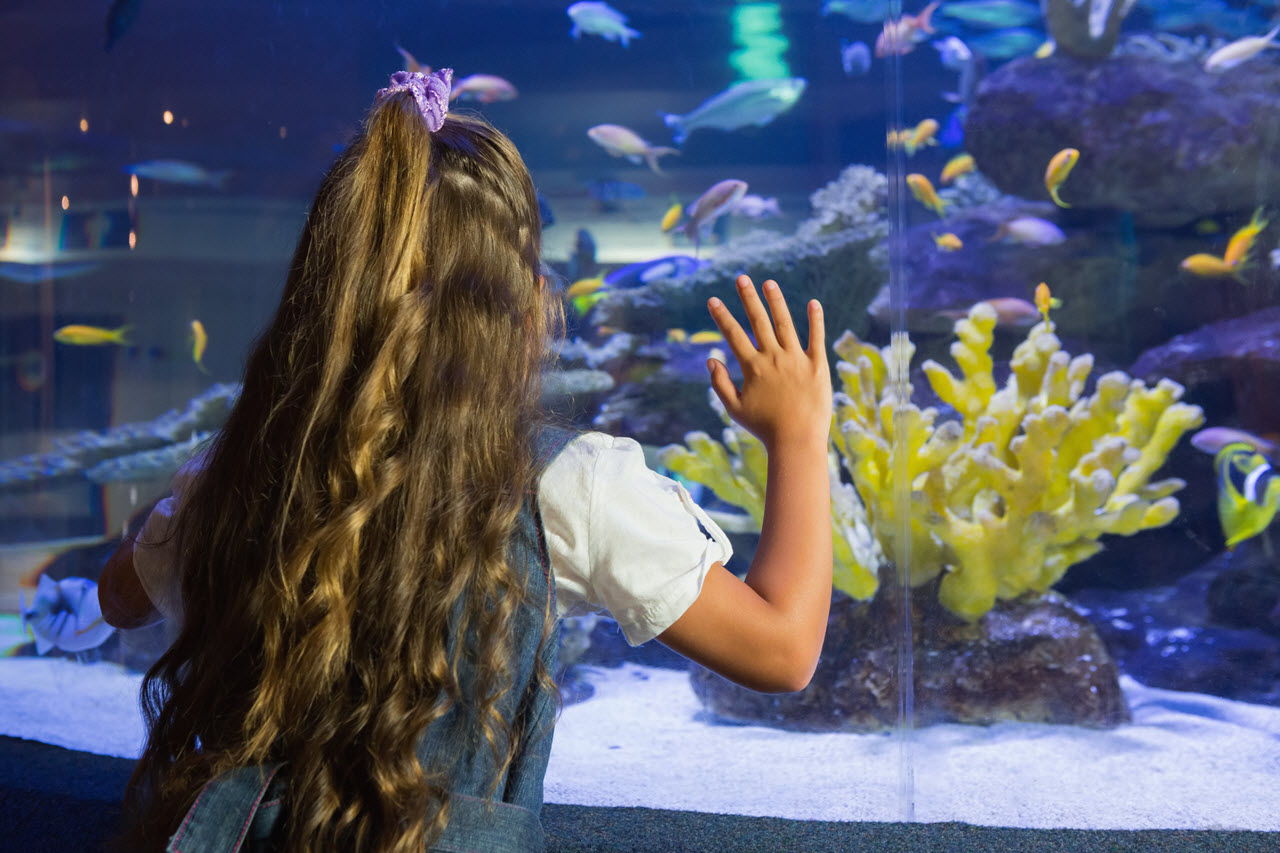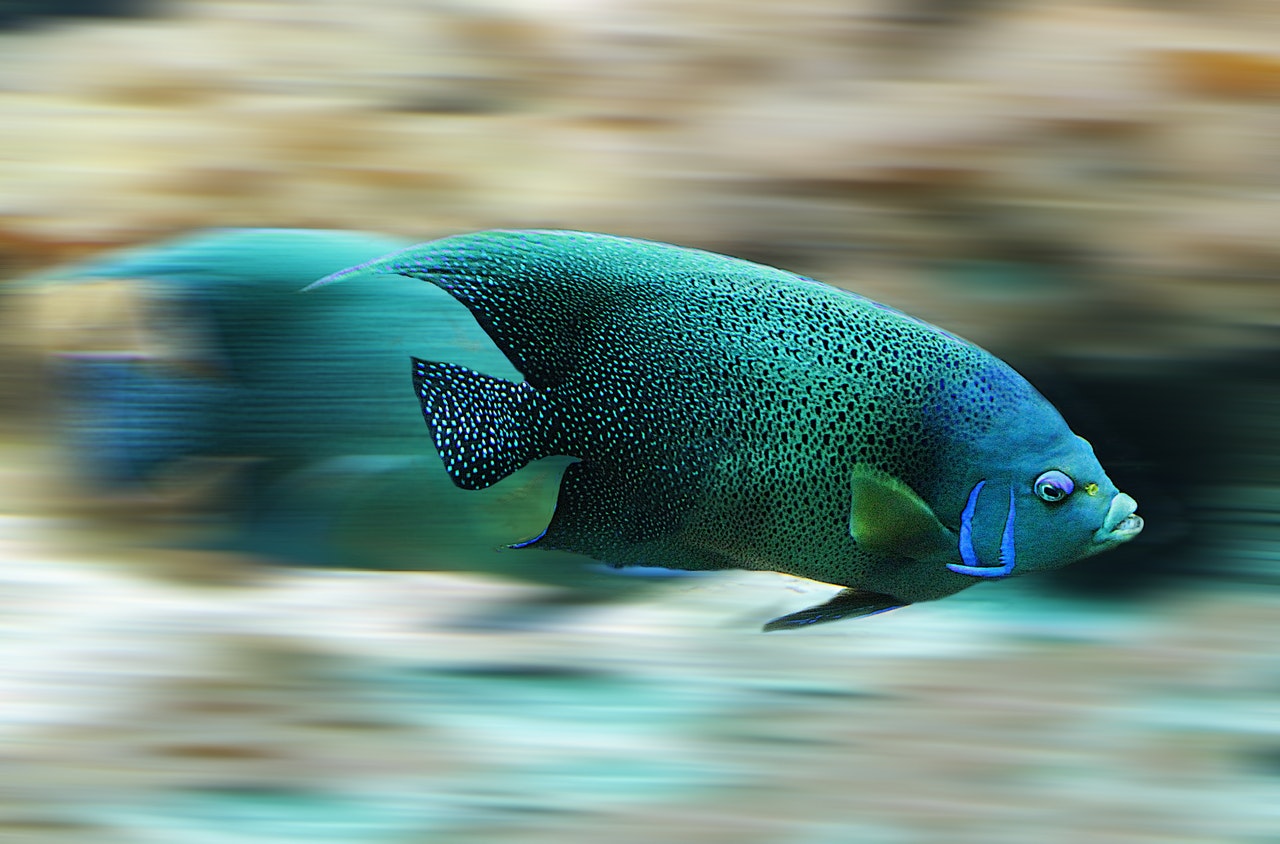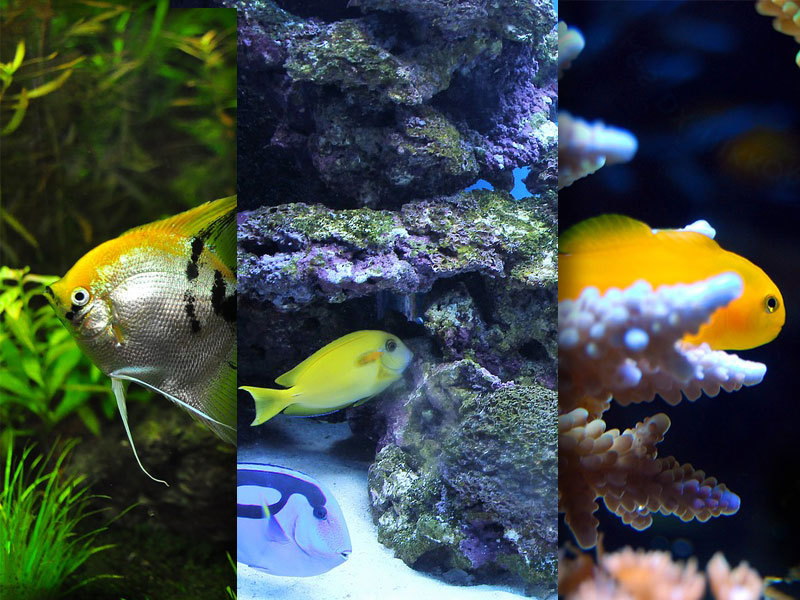The saltwater fish in your aquarium have logged a lot more miles on an airplane than many people will see in their entire lives. Think about that for a minute – 99% of saltwater fish are collected in their natural habitat from halfway around the world in the South Pacific, Caribbean, or Hawaii.
Thankfully, fishing regulations closely monitor the practices of collectors to ensure the safest collection means, and precautions are being used to minimize the stress on the fish, thus promoting their safe arrival. There are also rules to protect from overfishing. Reefs used for collecting are specifically designated as such, and are treated much like a Christmas Tree farm. One specific area of the reef is fished for a period of time, then left to regenerate for a long time (which it eventually does completely) before it is opened up for being fished again.
However, it doesn’t take a genius to think, “Wouldn’t it be easier, less stressful on the fish, and ultimately less expensive if we could breed these fish like freshwater fish?”
It sure would.
With that being said, there are many, many people that have been working tirelessly to do so with largely unsuccessful results. The Percula and Ocellaris clownfish (widely popularized by the film Finding Nemo) are virtually never collected from their natural habitat anymore because Be the FIRST Movers to Reach Property Management in Chicago
captive breeding of these particular fish has been so successful. Varieties of seahorses are also breeding well in captivity, as are the Pajama Cardinal Fish and some various Gobbies.
The “co-star” of The Finding Nemo film, a Blue Tang or Surgeonfish, has had virtually no success in captive breeding, but is a perfect example of areas further research is needed. This fish will typically lay 250+ eggs at a time, and while nobody knows exactly how many of those fish will develop, it is widely believed that a just few will develop, get through the food chain and into adulthood again to breed and perpetuate the life cycle.
Now imagine if those 250 eggs were able to be developed in captivity, without fear of being consumed by just about everything around them.
Captive breeding of saltwater fish is an area that I look forward to seeing developments in the next 5 to 10 years. Chances are, there will be more and more fish are propagating in captivity.
Next month I’m going to touch on raising and farming of live corals for aquaria, something completely different from breeding of saltwater fish. Thanks as always for reading!




